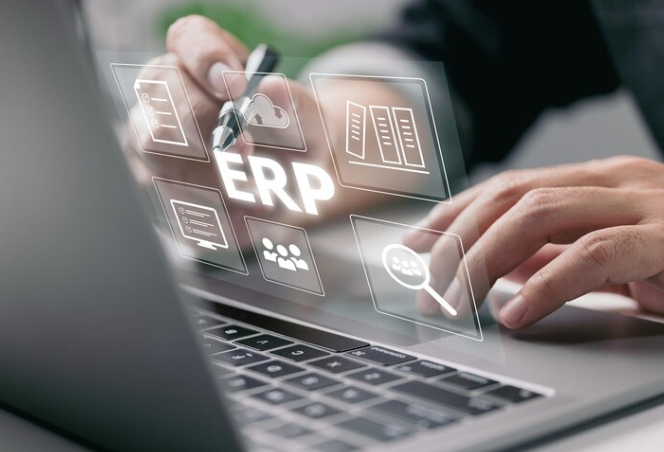In today’s fast-paced business world, companies need agile and efficient solutions to stay competitive. Software-as-a-Service Enterprise Resource Planning (SaaS ERP) offers organizations an innovative approach to managing their operations. This article explores the benefits and key features of SaaS ERP and how it is transforming business processes.
Understanding SaaS ERP
SaaS ERP is a cloud-based solution that integrates various business functions, including finance, human resources, supply chain management, and customer relationship management, into a single platform. Unlike traditional ERP systems that require on-premises infrastructure and maintenance, SaaS ERP is hosted in the cloud and accessed via the internet.
Key Features of SaaS ERP
1. Financial Management
SaaS ERP systems provide comprehensive financial management tools:
- Accounting and General Ledger: Manage financial transactions, accounts payable and receivable, and financial reporting.
- Budgeting and Forecasting: Create budgets and track actuals against planned figures for effective financial control.
- Compliance and Audit Trail: Maintain compliance with regulatory requirements and track changes for audit purposes.
2. Supply Chain and Inventory Management
SaaS ERP streamlines supply chain and inventory processes:
- Inventory Management: Monitor stock levels, track goods across locations, and optimize inventory for demand.
- Procurement: Automate purchasing processes, manage vendor relationships, and track purchase orders.
- Order Management: Streamline order processing, fulfillment, and shipping for timely and accurate deliveries.
3. Customer Relationship Management
SaaS ERP enhances customer interactions and relationship management:
- Customer Data Management: Centralize customer information, including contact details, purchase history, and preferences.
- Sales and Marketing Automation: Automate sales processes, lead tracking, and marketing campaigns.
- Customer Support: Manage customer inquiries and complaints, and track support tickets for resolution.
4. Human Resources Management
SaaS ERP simplifies HR processes for better workforce management:
- Payroll and Benefits Administration: Automate payroll processing, tax calculations, and benefits enrollment.
- Employee Data Management: Centralize employee records, including personal information and performance reviews.
- Time and Attendance Tracking: Monitor employee hours, attendance, and leave for efficient workforce management.
Advantages of SaaS ERP
- Cost-Effective
SaaS ERP eliminates the need for on-premises infrastructure and reduces upfront costs. Subscription-based pricing offers predictable costs, making it an affordable option for businesses of all sizes. - Scalability and Flexibility
SaaS ERP can easily scale with business growth and changing needs. It allows organizations to adjust their subscription plans based on usage and requirements. - Automatic Updates and Maintenance
SaaS ERP providers handle system updates and maintenance, ensuring the software is always up to date with the latest features and security patches. - Accessibility and Collaboration
Since SaaS ERP is cloud-based, it can be accessed from anywhere with an internet connection. This enables remote work and collaboration among distributed teams. - Data Security and Backup
SaaS ERP providers prioritize data security with advanced encryption and backup measures. This ensures data integrity and minimizes the risk of data loss.
Best Practices for Implementing SaaS ERP
- 1. Needs Assessment
Conduct a thorough assessment of business needs and processes to identify key requirements for the SaaS ERP system. - 2. Vendor Selection
Choose a reputable SaaS ERP vendor with a strong track record, reliable customer support, and industry-specific expertise. - 3. User Training
Provide comprehensive training to ensure employees can use the system effectively and maximize its benefits. - 4. Integration and Customization
Integrate SaaS ERP with existing systems and customize it to meet unique business needs, ensuring seamless workflows. - 5. Continuous Improvement
Regularly review system performance and gather user feedback to identify areas for improvement and optimization.
In conclusion, SaaS ERP offers a transformative approach to managing business operations. With its cost-effective, scalable, and accessible features, SaaS ERP is empowering organizations to streamline processes, improve efficiency, and drive growth.
